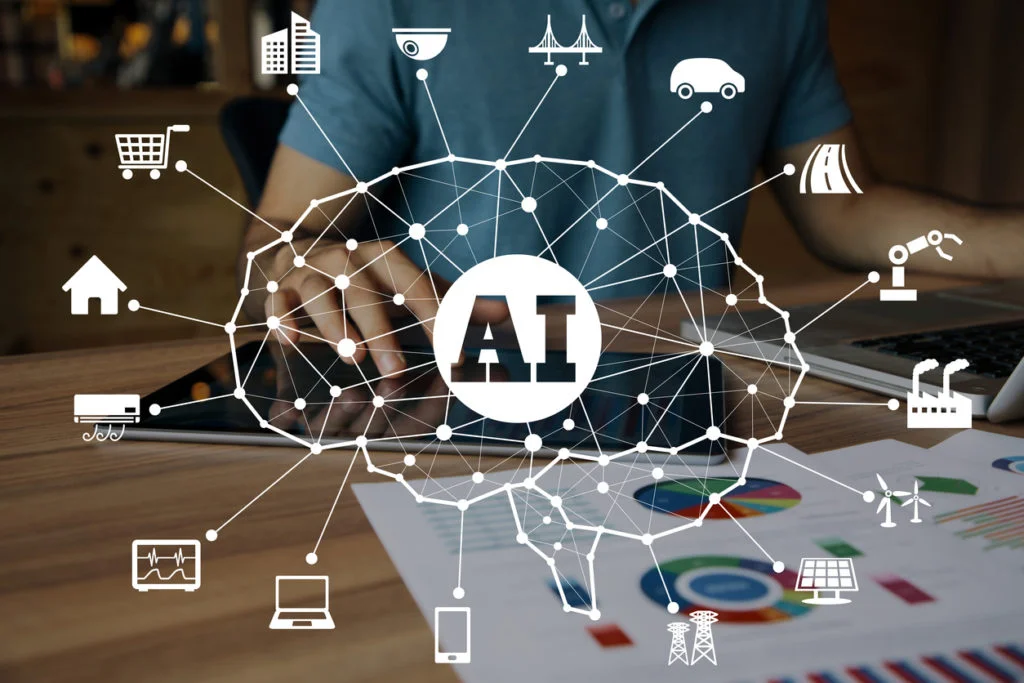In 2017, there were an estimated 8.4 billion internet-enabled devices in the world. By 2030, this could increase to 500 billion or more. Since all of these devices will be functioning ‘online’, they will be vulnerable to a cyberattack and could even suffer from one. This problem is aggravated by the fact that cybercriminal activities have become progressively more multifaceted and hackers are using sophisticated strategies to steal sensitive information such as intellectual property, personal identifiable information, health records, and financial data.
In addition to the above, the cybercriminals are using strategies such as DDoS attacks to disrupt a business’s overall operations and advanced ransomware techniques to monetize data access. The good news is that the blockchain technology promises to provide a computing platform without even a single point of failure. It is also resilient to today’s sophisticated cyberattacks.
The outcomes of several decades of research in cryptography and research, blockchain offers a new approach to storing information and performing functions, making it ideal for environments with high security requirements. The IoT ecosystem, which follows a centralized paradigm, is the perfect example of such an environment. IoT ecosystem today identifies and authenticates individual devices using a central server. This provides cybercriminal with the perfect opportunity to use malicious devices to attack other equipment in the IoT ecosystem.
With blockchain technology, it is possible to create peer-to-peer (P2P) and trustless IoT networks, which ensures no centralized, single point of failure and eliminates the need for devices to trust each other. Additionally, using AI technology, blockchain can monitor and predict cyberattacks and enable proactive response to the incoming cyber threats. Put simply, blockchain technology can prove pivotal in detecting and preventing the cyberattacks. How exactly? We discuss this next.
How Blockchain Can Help to Detect and Prevent Cyberattacks
With blockchain technology, you can safeguard your business from data breaches, cyber-attacks, identity theft to ensure your sensitive information and business is private and safe. This is only the start of the blockchain revolution to detect and prevent cyberattacks, things are only going to get bigger and better. Following are some ways blockchain can help to detect and prevent cyberattacks.
1. Eliminating Human Factor from Authentication
Using blockchain technologyin their operations, businesses can authenticate users and devices without the requirement of a password. This prevents human intervention from being a potential attack vendor by eliminating it from the process of authentication. Blockchain authenticates users and devices by allowing an organization’s security system to leverage a distributed public key infrastructure. Instead of a password, this provisions each device with a specific SSL certificate. The certificate data is managed on the blockchain, which makes it almost impossible for attackers to utilize fake certificates.
2. Decentralized Storage
The design of blockchain is such that there is no central authority or storage location in the chain. Instead, every user in the network plays a role in store some or all the blockchain. Every user in the network is responsible for verifying the data that is shared and/or maintained. This eliminates the possibility of existing data being removed or false data being added to the blockchain network.
3. Traceability
Whether it is added to a private or public blockchain, every transaction in the blockchain network is digitally signed and timestamped. This allows businesses to trace back to a period for each transaction and through their public address, find the corresponding party on the blockchain. The blockchain’s audit capability ensures a high level of security and transparency for each transaction in the network. In terms of cybersecurity, this reassures to businesses that their data isn’t tampered with and is authentic.
4. DDoS
Currently, the existing Domain Name System is a stumbling block in hampering the attacks that come from a distributed denial-of-service (DDoS). By implementing the blockchain technology, businesses can completely decentralize the Domain Name System (DNS), which will enable distributions of content to many other nodes, making hacking virtually impossible for cyber-attackers.
5. Data Manipulation and Fraud
Immutability is one of the key characteristics of the blockchain technology. Together with the network’s decentralized structure, the use of cryptography and sequential hashing in blockchain makes it almost impossible for any person to unilaterally change the ledger’s data. Organizations can use this capability to maintain data integrity as well as detect and prevent any type of tinkering with data.
6. Enhanced Risk Management
Fraudulent incidents can be dealt with very effectively by deploying a fraud prevention system that is based on a distributed ledger approach, like in the case of the blockchain network. A distributed ledger system, the blockchain network will keep a record of previous transactions for reference and verification. With the blockchain technology, organizations can mitigate, or in some cases, eliminate risks posed by current systems.
Advocates of the blockchain technology says that blockchain enhances risk management by ensuring data records that are difficult to alter, which aids the preservation of record and evidence. Another way that blockchain enhances risk management is by improving transparency for all parties.
7. A Secure IoT
An unprecedented level of collaboration, coordination, and connectivity for every device in the IoT ecosystem is required to develop solutions for IoT. Not only that, all devices must work together and integrate with all other devices. But, most important of all, they must communicate and interact with connected systems in a secure manner. Unless a new approach to IoT security is used, it can be time-consuming, difficult, and expensive.
Blockchain may well be the silver lining for the IoT ecosystem. With blockchain technology, it is possible to track billions of connected devices, and make it easier to process transactions and coordinate between devices, which can result in significant savings for manufacturers of IoT devices. But, more importantly, it will eliminate single points of failures to ensure a more resilient IoT ecosystem from where devices can run.
Final Word
At Achievion, we can leverage blockchain technology to build sophisticated mobile and web applications, which includes blockchain solutions to detect and prevent cyberattacks. Get in touch to know more.









